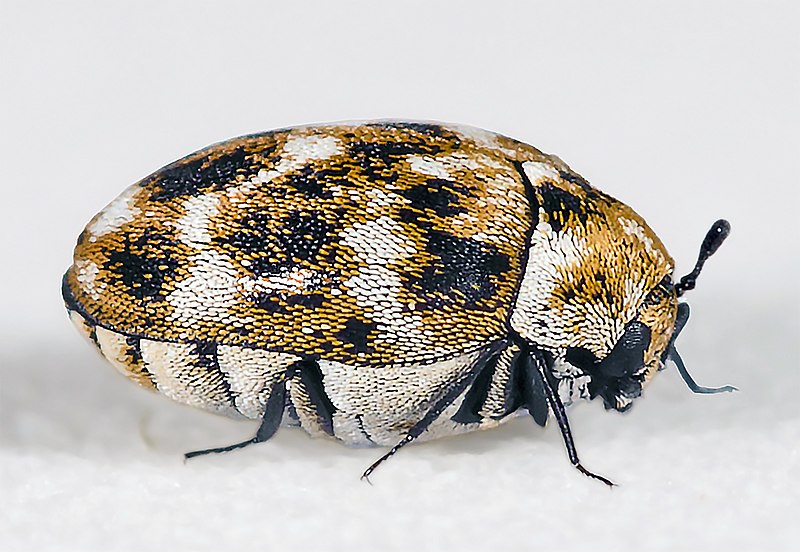Georgia is home to a rich and diverse ecosystem, including a wide variety of insect species. Among these, beetles stand out as one of the most numerous and diverse groups. This article explores the different types of beetles in Georgia, their habitats, behaviours, and ecological significance.
1. The Beetle Family
Beetles belong to the order Coleoptera, which is the largest order of insects, with over 350,000 species identified worldwide. In Georgia, various families of beetles thrive, showcasing a remarkable range of colours, sizes, and ecological roles.
a. Common Families of Beetles
Some of the most common beetle families found in Georgia include:
- Ceratocombidae: Known as the velvet ant beetles, these beetles are often brightly coloured and are typically found in sandy areas.
- Scarabaeidae: This family includes scarab beetles, known for their distinctive shapes and strong connection to ancient cultures as symbols of rebirth.
- Cucujidae: The flat bark beetles, which are often found under the bark of trees, play a crucial role in the decomposition process.
2. Notable Beetle Species in Georgia
Several beetle species are commonly found in Georgia, each with unique characteristics:
a. Southern Pine Beetle (Dendroctonus frontalis)
The southern pine beetle is one of the most destructive pests affecting pine trees in the southeastern United States.
- Habitat: These beetles prefer healthy, mature pine trees.
- Impact: Infestations can lead to tree mortality, impacting the forestry industry and local ecosystems.
b. Japanese Beetle (Popillia japonica)
Originally from Asia, the Japanese beetle has become a significant pest in Georgia, particularly in gardens and agricultural areas.
- Habitat: These beetles thrive in areas with abundant plant life, including ornamental gardens and agricultural fields.
- Diet: They feed on the leaves and flowers of various plants, causing considerable damage to crops and ornamental plants.
c. Ladybug Beetle (Coccinellidae)
Ladybugs are beloved for their bright colours and beneficial role in pest control.
- Habitat: They are commonly found in gardens and fields.
- Diet: Ladybugs primarily feed on aphids, making them excellent allies for gardeners looking to manage pest populations.
3. The Ecological Role of Beetles
Beetles play a vital role in the ecosystem of Georgia. Their activities contribute to soil health, pest control, and pollination.
a. Decomposers
Many beetle species are decomposers that feed on dead plant and animal material, helping to recycle nutrients back into the soil.
b. Pest Control
Predatory beetles, such as ladybugs and ground beetles, help control pest populations, reducing the need for chemical pesticides in agricultural and garden settings.
4. The Importance of Beetle Conservation
As with many species, beetles face threats from habitat loss, climate change, and pesticide use. Conservation efforts are essential to maintain their populations and the benefits they provide.
a. Habitat Preservation
Protecting natural habitats is crucial for the survival of beetle species. Conservation efforts should focus on preserving wetlands, forests, and grasslands.
b. Sustainable Practices
Encouraging sustainable agricultural practices can reduce pesticide use and promote a healthy environment for beetles and other beneficial insects.
Conclusion
Beetles are a fascinating and essential component of Georgia’s biodiversity. Understanding the different types of beetles in Georgia, their ecological roles, and the challenges they face can help promote their conservation and the health of our ecosystems. By recognizing the importance of beetles, we can take action to protect these remarkable insects and the vital roles they play in our environment.

